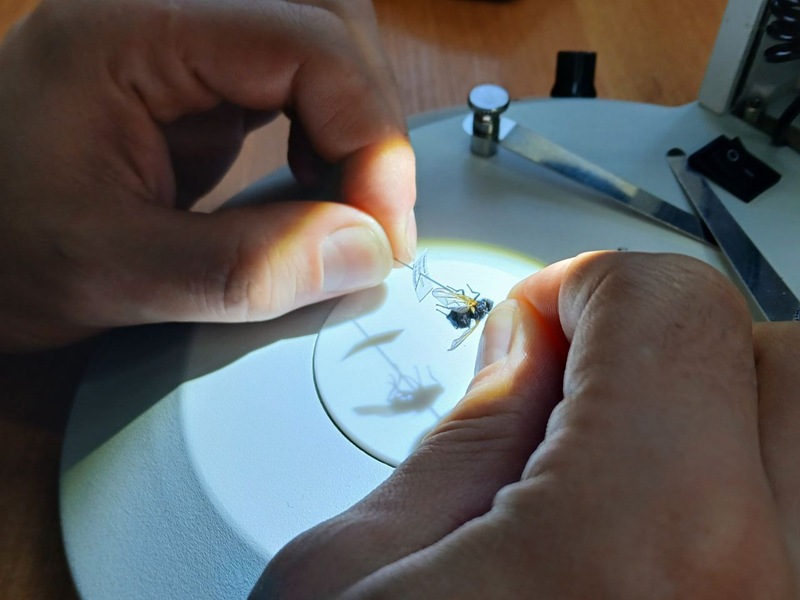Conservation science has no boundaries. In Kamchatka, the heads of the Mordovia Nature Reserve and the Kronotsky Nature Reserve discussed a number of scientific issues. In particular, colleagues with extensive experience in studying insects have begun an inventory of the entomological collection collected over many decades, the press service of the Kronotsky Nature Reserve reports.

Scientific research, along with the protection of territories, is the main activity of the staff of any reserve. FSBI Zapovednaya Mordovia is among the leaders here.
“Entomology, the science of insects, is one of the most important scientific areas of this environmental institution. Its head, Alexander Ruchin, a practicing entomologist, Doctor of Biological Sciences, and a professional in his field, met us halfway in carrying out an inventory of the insect collection collected by Lyudmila Efimovna Lobkova, a veteran of the Kronotsky Nature Reserve, since 1972,” said Vsevolod Yakovlev, acting director. Federal State Budgetary Institution “Kronotsky State Reserve”.
The collection, collected in the Kronotsky Nature Reserve, the Yuzhno-Kamchatsky Nature Reserve, and adjacent territories in Yelizovsky, Milkovsky, and Bystrinsky districts, includes hundreds of specimens of butterflies, dragonflies, grasshoppers, flies, mosquitoes, bumblebees, beetles, and other six-legged animals. These are the flagships of the biodiversity of the animal world, the most numerous arthropods, and the most important part of the food chain in the wild.
“Insects are often underestimated by humans. Meanwhile, these are indicators of the state of populations of larger animals. For example, in Kamchatka, the well-being of salmonids directly depends on their numbers, whose young feed on insects that have fallen into the water or their larvae that develop in reservoirs. And, of course, many birds and some species of brown–toothed mammals feed on insects,” said Mikhail Yesin, senior researcher at the Federal State Budgetary Institution Zapovednaya Mordovia.
Insects are the initial step of the ecological pyramid, and their study is extremely important. Entomological collections are a visual aid for specialists.
“We are very interested in this work – to understand which species inhabited certain territories during what period, so we immediately agreed to the colleagues’ offer to help them take inventory of Kronotsky’s extensive entomological collection. We got acquainted with scientific articles about these insects, went through the entire collection, put aside the specimens that became unusable over time, and now we are adding all the data to the general database. I believe that insect research and the creation of collections should be carried out in all protected areas, this is a necessary layer of environmental monitoring in general and zoological observations in particular,” explained Alexander Ruchin, Director of the Federal State Budgetary Institution Zapovednaya Mordovia, Doctor of Biological Sciences.